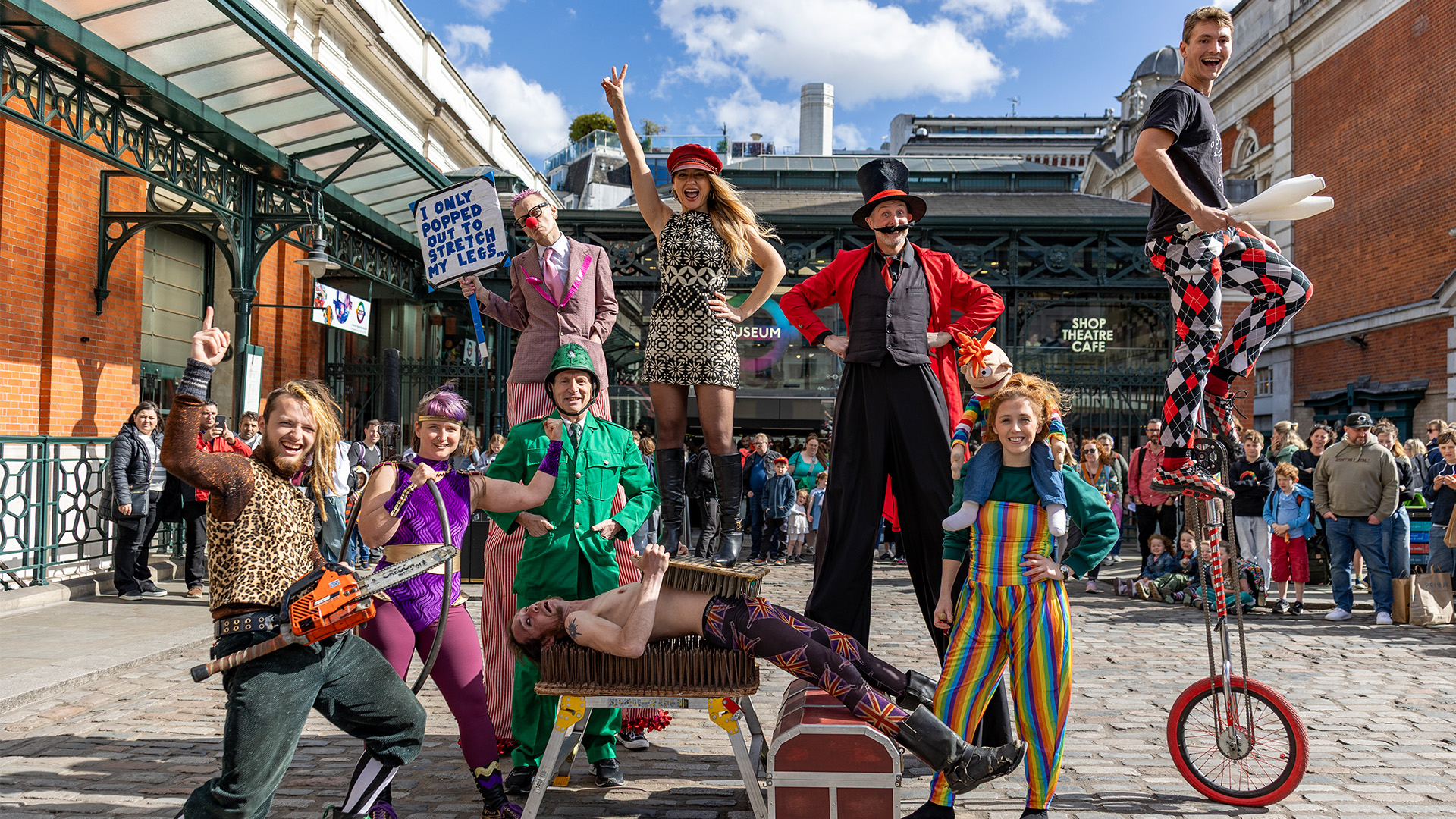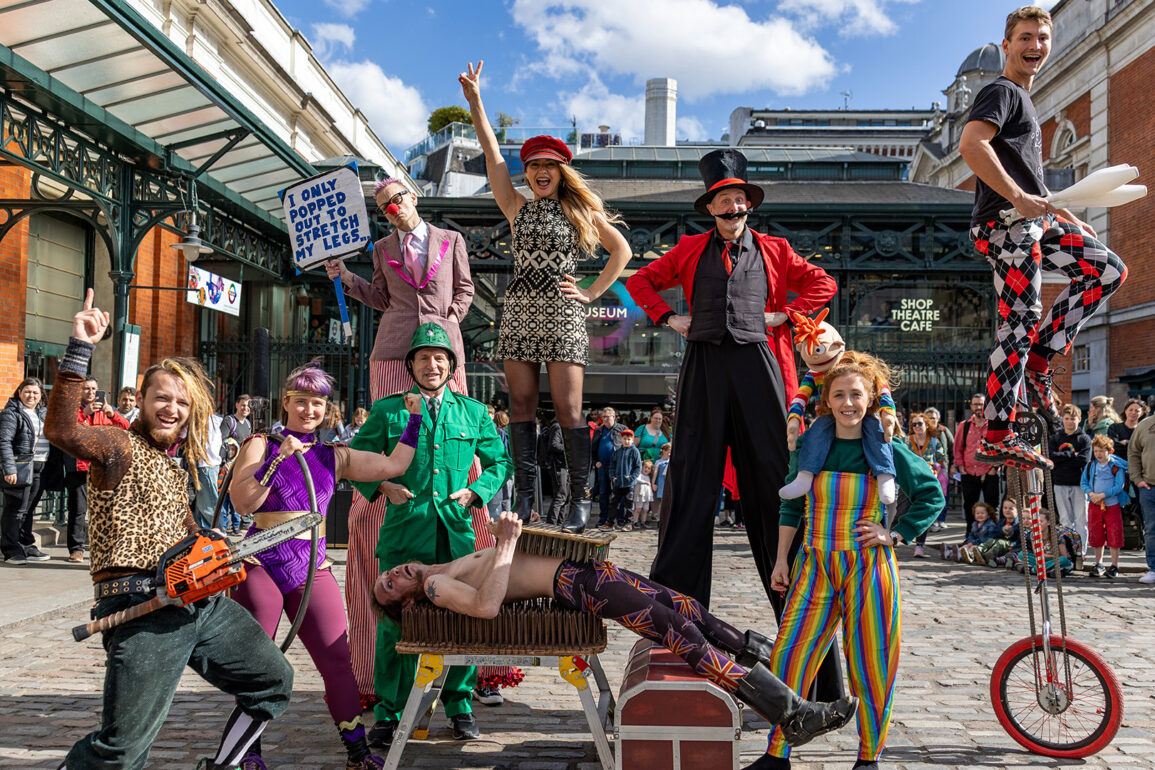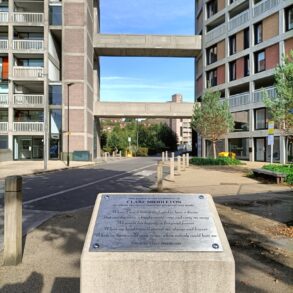
From the start, Covent Garden’s performers managed the space themselves. There are no permits, no programming teams. Acts are vetted by their peers, time slots are drawn by lot, and shows run according to a code of mutual respect.
It’s a system that works – and has worked – for half a century. The square is safe. Crowds are entertained. Businesses benefit.
Covent Garden isn’t an accident. It’s a working example of what public art can achieve when communities are trusted to manage their own spaces.
Despite this success, Covent Garden’s future remains uncertain.
In 2021, Westminster Council introduced a borough-wide licensing scheme for street performers. While many elsewhere applied for licences, Covent Garden’s performers chose to continue self-managing, protecting a system that had already thrived for decades.
After initial conflict, whereby Westminster sought to try to enforce the licences, and a major campaign to push back, the council has largely stepped back from enforcing licences here, and we’re grateful for that goodwill. But without formal exemption, performers remain vulnerable to sudden enforcement.
We’re calling for a written commitment from Westminster Council – recognition of Covent Garden’s proven model, and protection for its future.
Lessons from Leicester Square
The importance of safeguarding Covent Garden is clear when we look elsewhere.
In Leicester Square, where licensing was adopted without strong traditions of self-management, problems followed: noise complaints, overcrowding, disputes – and now, following a High Court ruling after a legal case brought by Global Radio, a ban on all performances.
Covent Garden and Leicester Square are different places. But the lesson is the same: street performance thrives when artists are trusted and supported – not boxed in by top-down schemes.
At a time when public spaces across the UK are quietly becoming privately controlled, Covent Garden stands out. Here, world-class entertainment happens every day, accessible to anyone who passes by. No ticket needed, no gates, no dress code. That openness is precious. It’s part of what makes Covent Garden not just a tourist attraction, but a vital piece of London’s living culture.
50 years in Covent Garden – and counting
Over the years, Covent Garden has been a backdrop for countless stories – not all of them flashy, but many unforgettable.
In the early 2010s, Big Issue vendor James Bowen, a homeless busker and recovering drug addict, performed here with his loyal companion, a stray ginger cat named Bob. Their bond transformed James’s life, eventually leading to a bestselling book, a film adaptation, and a platform to advocate for others facing homelessness and addiction. Their story of resilience and friendship began on these very cobblestones.
As we celebrate 50 years of performance, we’re not just looking back. We’re looking forward.
Covent Garden shows what’s possible when trust is placed in communities, not committees. In a city where the arts are increasingly gated, it remains defiantly open. Its system isn’t theoretical – it’s lived. Its success isn’t designed – it’s earned.
Fifty years of world-class performance. Fifty years of self-management. And 50 years of art open to everyone. So this is a celebration and a reminder: Covent Garden’s street performers are an essential part of London’s cultural fabric, and their future must be protected.
Melvyn Altwarg and Peter Kolofsky are spokespeople for the Covent Garden Street Performers Association (CGSPA), representing performers who have self-managed Covent Garden’s West Piazza for 50 years.
Do you have a story to tell or opinions to share about this? Get in touch and tell us more. Big Issue exists to give homeless and marginalised people the opportunity to earn an income. To support our work buy a copy of the magazine or get the app from the App Store or Google Play.
This post was originally published on this site be sure to check out more of their content.









